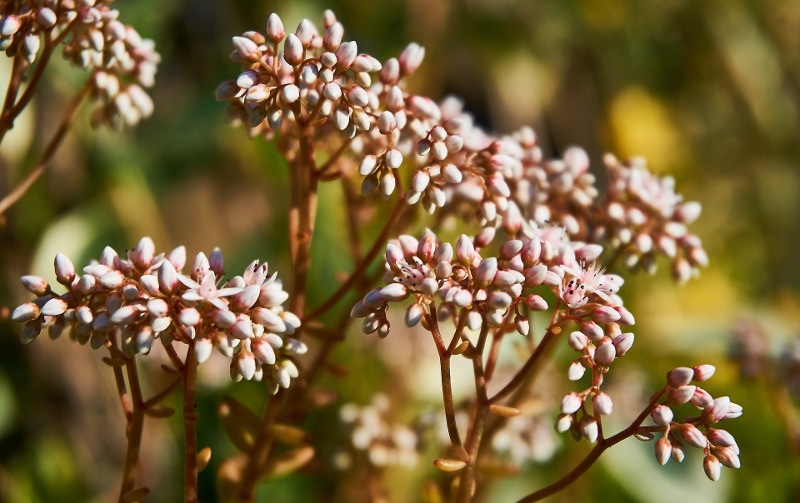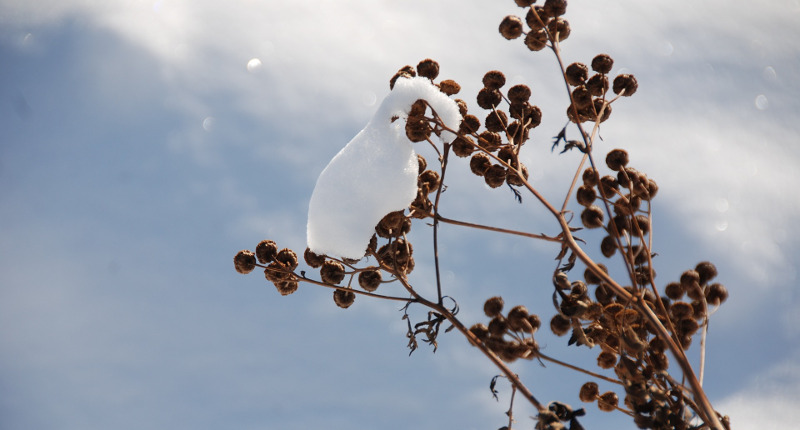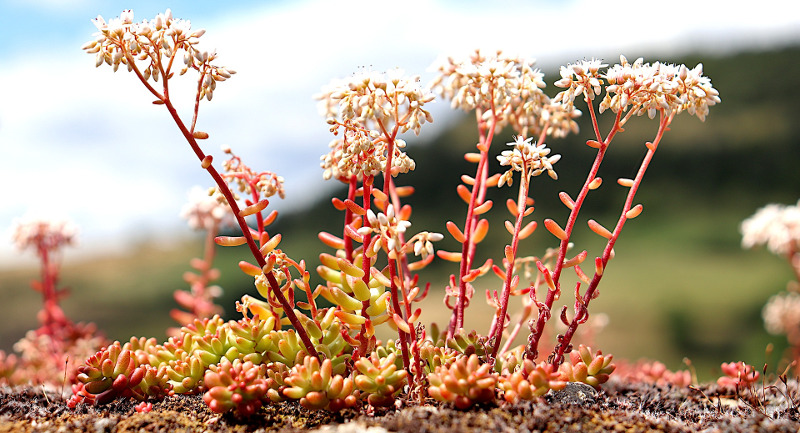Sedum is a hardy, easy to care for plant. It will continue to grow even when you don’t give it attention. Pruning sedum is not necessary, but doing so will help your plant grow healthier and look more pleasing. Larger sedum plants, referred to as clumping, reach heights of up to 24 inches. With clumps of flowers, it will benefit from “pinching back” to control over growth and toppling of the plant.
Low-growing sedum, called creeping sedum, grows a few inches tall and spreads across the garden area. It will need trimming to control the spread. Pruning sedum will help the stalks grow thicker which supports weight of the clumps of blooms. Pruning will delay the blooming, but will also help to keep the plant from growing out of control.

When to Prune Sedum
When to prune depends on whether the sedum is a clumping or a creeping variety. Each will require different pruning. Sedums begin to grow in the early spring. You will see small buds emerging from the soil. This is the time to cut back the old flower stalks and allow the new grown to emerge.
During the growing season, pinch clumping sedums back once to promote a second bloom of flowers. You can prune creeping sedum any time they become too much for the growing space.
In warmer climates, sedums can be pruned at any time without harming the plant growth rate. Most of the time, pruning is done to control the growth, to keep the plant looking attractive, or to remove old flowers. Many times, gardeners prefer to leave the spent flower heads on the larger sedum variety throughout the winter. It can then be cut in the spring when new growth begins.
How to Prune Sedum
Step 1 - Disinfect garden shears.
Use a household disinfectant and rinse well with water. Repeat the process between plants.
Step 2 - Prune in the spring.
Cut off old stalks, allowing new growth the to emerge
Step 3 - Prune leggy heavy plants.
Cut the stalks halfway down to prevent the plant from flopping.
Step 4 - Pinch off creeping sedums.
Pinching off encourages fullness and less tall growth.
Best Time To Cut Back Sedum
Spring - In the early spring, you will want to cut back the plant down to the soil. This will allow the new growth to emerge. Use pruning shears to cut the stalks off.
Summer - In May or June, you may want to cut the plant down by half. This will help a plant that has gotten too leggy and heavy. Find a place in the stalk, just above a set of leaves, and make a clean cut. Don’t worry, new flowers will form on the cut stalks.
Fall - Maintenance pruning can be done any time. There may be times that you need to remove dead or diseased growth. Cut dead stalks back to the healthy part or to the base of the soil.
Winter - Avoid pruning in the winter or in the extreme heat. This is when the plant is most stressed.

Why Do You Prune Sedum
Sedums need very little care or attention. Pruning a sedum is not a necessity for its survival. You will want to prune sedums to promote new growth, control spreading, and to encourage a second blooming. Sedums can grow very tall and become so heavy with blooms that its stalks flop or even break. This will cause an empty space in the center of the plant which is not a pleasing look. Cutting the stalks back will result in a bushier plant with more blooms and a nice round shape.
Another reason to prune a sedum is if you would like a second bloom later in the summer. Snipping off the spent blooms will encourage another round of blooming.

Sedum Pruning Tips
- Prune in early spring to promote new growth
- Prune to control flopping
- Prune to shape the plant
- Prune to remove disease or dead stalks
- Prune to control overgrowth
 |
Author Chris Link - Published 01-28-2021 |
